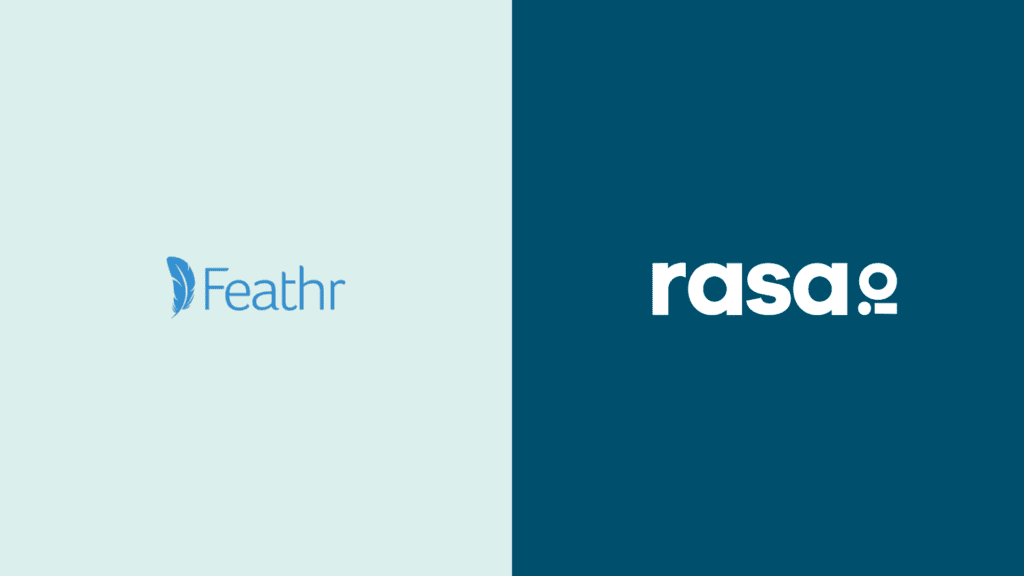An email newsletter from your association has the power to make or break the connection to your members. Curate and send something compelling, and you’re sure to see a near-immediate engagement, but send something lazy and uninteresting, and you’ll instantly appear bothersome. Worst case scenario, your emails are sent straight to spam, and all the work you put in to gain that contact’s information is suddenly and irrevocably lost.
Building an effective email marketing strategy isn’t easy, which is why so many organizations fail at it. However, for those who do get it right, have newsletter visitors that consume 2x more content than any other audience segment, lower their chances of turnover and further time spent on the platform.
Content consumed by newsletter visitors
Compiling contact information is essential for all organizations. If you’re already collecting contact information on your website, don’t let that data go to waste. Instead, use it to create an ongoing relationship with all of your members, as well as anyone who has visited your site and provided their information.
So, how do successful associations do it?
There are a few key strategies to keep in mind when launching a newsletter campaign, and we’ve compiled them for you. Keep reading to learn the dos and don’ts of an association email newsletter.
Do be consistent
Send your newsletters on a regular and reliable basis. Depending on the content of your association newsletter, your members may expect regular updates and will want to see what’s new with the organization. Set up an automated system to ensure that each newsletter is sent on time and have your materials ready to go in advance.
Your email newsletter should be one of the many member benefits your organization provides, so don’t use it sparingly.
Don’t become a spammer
We’ve all pressed the “Unsubscribe” button at one time or another, and one of the most common reasons is email frequency. In a recent survey, 53% of participants reported getting too many company emails.
When it comes to your send frequency, don’t be scared to push your newsletter out regularly but more importantly, don’t become a scammer.
You want to pop into a subscriber’s inbox, enough that their interest generates a click and a read. Start small and decide on a frequency that’s based on your initial response – if they want more, give them more!
Weekly, every other week, or monthly is completely appropriate and not spammy. In fact, a very regular newsletter frequency is an expected part of an organization’s membership!
Do provide relevant information
Try to focus on providing information that would interest your members. The key here is quality over quantity – becoming a relevant source of information is much more important than sending your email on time. If the quality isn’t pertinent and exciting, nobody will care about the number of irrelevant emails.
Determine what engages your audience.
What are their interests, and why did they subscribe to you in the first place? Did your contacts subscribe to receive something of value? Include information about industry updates and upcoming webinars. Did they sign up to be notified about special upcoming events? Provide a monthly calendar with details on how they can attend.
You could include career tips, educational opportunities, professional development resources, support services, industry trends, and more. Cater to what your subscribers wanted when they signed up on your association’s website.
Do try to hook your readers in the first few seconds
You only have a few seconds to grab someone’s attention, so you’ll want to focus on creating a captivating subject line. Unfortunately, people are exposed to marketing everywhere they look, which has affected their selective attention. In addition, the amount of online content means that if a person doesn’t find your newsletter content interesting enough in the first 3 or 4 seconds, they can probably find a better version of it elsewhere.
Work on captivating your audience through attention-grabbing subject lines. For example, the use of numbers, emojis, and questions, followed by continued relevant content in the body of the email, will keep a reader’s attention.
Do be consistent with your design and layouts
Newsletters are an extension of your association’s brand. Create a few templates that follow the same aesthetic and color scheme as your website, and switch between them for each newsletter. Your readers should feel a sense of familiarity when they open and click through your newsletters. You want them to know precisely what they can expect when opening one of your messages.
Don’t be afraid to use CTA’s
While you might be nervous about being in your members’ inboxes too much, your newsletter is part of a marketing strategy. First, include a short and catchy CTA at the end of every newsletter that draws your readers back to your website. The content itself doesn’t need to sell your brand, but you should find a connection that reminds your subscribers why they joined you in the first place. Then, add a link to your CTA and track your ROI to see just how well your campaigns are working.
Examples of engaging subject lines and CTAs for associations include personalized messages and clear, action-oriented phrases. For instance, subject lines like “Join Us for a Member Growth Webinar” or CTAs such as “Subscribe Now” can boost open and click-through rates
Speaking of a call to action…
How can I effectively segment my audience to ensure relevant content delivery?
Effectively segment your audience by gathering data on member preferences, behaviors, and demographics. Use this information to create targeted segments, ensuring each group receives content relevant to their interests and needs, which enhances engagement and satisfaction. With rasa.io's AI technology, automated segmentation to an individual level is now possible. Click here to learn how it works.
How can associations use email newsletters to drive member engagement and participation in events like a webinar?
To drive member engagement and participation in events, associations can highlight upcoming events with compelling descriptions, use strong calls to action, and offer incentives for attendance. Featuring experiences and testimonials from past events can also encourage participation.
What are some effective methods for collecting feedback from members on newsletter content?
Effective methods for collecting feedback from members include surveys, feedback forms, and direct responses to newsletters. Analyzing this feedback can guide content improvements and better address members’ needs and preferences.












